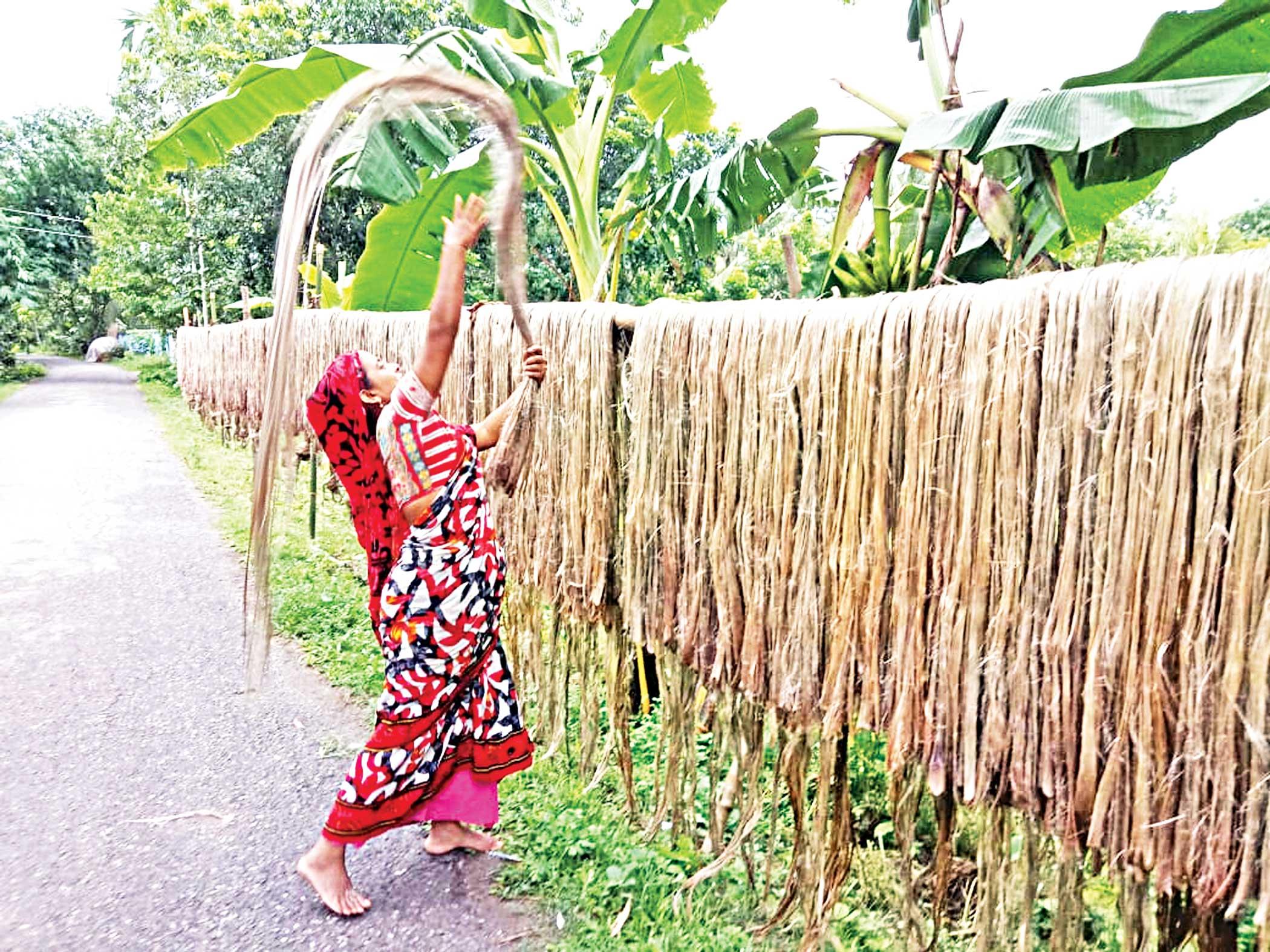Jute - The Eco-Friendly Fiber For Modern Products

Jute, the 'Golden fiber' as commonly known, is the second most important fiber after cotton because of its cheap pricing and eco-friendly attributes. Partially a textile fiber and partially a wood, it falls under the category of Ligno-cellulosic fiber.
As a trade the history of jute products can be traced back to the 17th century i.e. during the British rule. The Tatas, the Birlas, the Bajajs and the Mittals - the legendary business tycoons of India had as their first business, jute products, to be exported and imported. The largest producer of jute products in the world - and the honor goes to India.
High moisture absorption capacity, flexibility and drainage properties are the features characterizing jute as an eco-friendly fiber and so jute products are considered as ecologically acceptable by the environmentalists. Advantages enjoyed by jute products over other fibers are abundant availability and bio-degradable properties.
Bengal- the name conventionally attached to products. Since the ancient times the women folk of Bengal have been using jute products, basically for household storage. Today, Bengal is the chief manufacture of the products in India.
For centuries jute has been associated with flexible packaging, specially sacks, shopping bags and Geotextile coarse door mats. And that's it - there ends the domain of jute products. Jute jewelries, apparels, and wall hangings were out of human range of imagination then. But in today's date multiple and versatile jute products are creating a global market, resurrecting after it lost to synthetic packaging during the 1970s.
In its 'second coming', the range has increased manifold and it spread from the packaging industry to the fashion industry. Designer sarees, salwar-kameezes, jewelries and foot wears are the new incarnations of the traditional jute products. Jute-blended carpets and rugs, decorative wall-hangings and tapestries, garden pot hangings, decorative hand bags, bed spreads, cushion covers, shopping bags, etc, etc....the range of products is ever increasing and under continuous improvisation.
The Indian jute sector comprises organized industry as well as a large number of cottage units providing employment to thousands of people. They create a myriad of utilitarian products made of jute which reflect the traditional excellence of Indian craftsmanship.
The increasing popularity of the products is basically for its low cost which makes it easily accessible to the poor citizenry. The low price, however, never compromises with quality and fashion. The gorgeously embroidered jute apparels can make nice replicas of silk and can give the other fiber industries a run for money!
The Indian Jute Industries Research Association (IJIRA) in association with Indian jute industry has recently developed food grade jute bags and cloth called Hydrocarbon free jute bags conforming to international standard specifications. These bags and cloth have a large demand in export markets for packing cocoa beans, coffee beans, shelled nuts and other food products.

- Sanat
- Doğa
- El sanatları
- Dans
- İçecekler
- Film
- Kondisyon
- Gıda
- Oyunlar
- Bahçıvanlık
- Sağlık
- Ev
- Edebiyat
- Müzik
- Networking
- Diğer
- Parti
- Din
- Alışveriş
- Spor Dalları
- Tiyatro
- Yaşam
